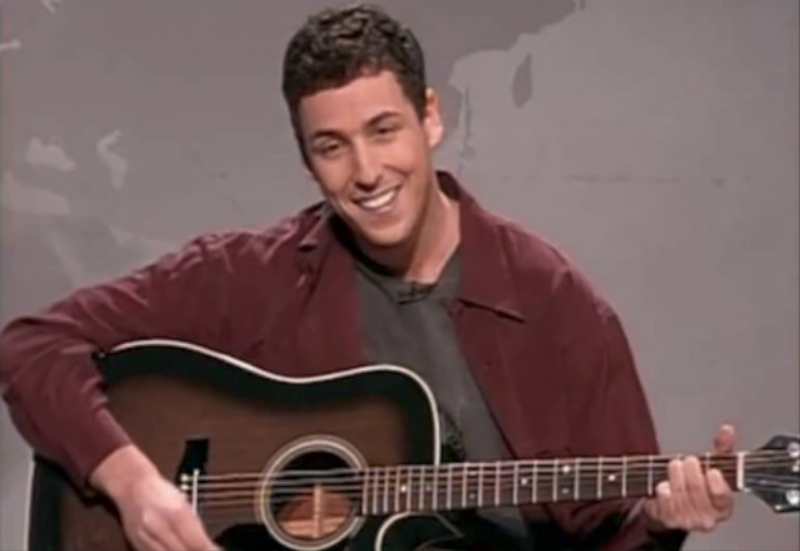Did you know that singer and Grease star Olivia Newton-John’s grandfather was the famous Jewish physicist Max Born, who escaped Nazi Germany in 1933? Or that Pete Townshend, the lead singer of the Who, was not actually Jewish, but was influenced by Jews? Or that the Tour de France bicycle race has its origins in the Dreyfus Affair? If you didn’t, you could learn about all this and more in articles titled “The Secret Jewish History of (fill in the blank)”.
A quick Google search reveals a large number of these articles in the Forward, Haaretz, My Jewish Learning, the Jewish Weekly and other lesser-known publications. Among other people and things that have secret Jewish histories: Louis Armstrong, Rosie the Riveter, Popeye, vodka, rum, human rights, corned beef, cabbage and Star Wars.
A good number of these articles are interesting and amusing. Yet they are also puzzling, and in some, the “Jewish” angle seems like a stretch. While the tone is celebratory, most of the subjects are fairly trivial, or at least, not central to Jewish history.
The proliferation of these articles raises the question: is this obsession with finding Jewishness in ostensibly non-Jewish things good for the Jews? The answer requires a brief look at the secret Jewish history of secret Jewish histories.
The original secret Jewish history concerned Christmas songs. As we enter the holiday season, Jews love to point out how many yuletide tunes were written by Jews, from “White Christmas,” to “Let It Snow,” to “Rudolph the Red-Nosed Reindeer.” Jews writing Christmas songs suggests a desire to assimilate into American culture by embracing the secular aspects of the largest Christian holiday.
Unlike articles about Jews who wrote Christmas songs, which have appeared in Newsweek and the Toronto Star, the secret Jewish history pieces appear mostly in Jewish publications. They are not designed to inform non-Jews about interesting tidbits of Jewish history.
The secret Jewish histories remind Jews to be proud of their heritage. Even more, they remind Jews how integral they are to mainstream culture, especially in North America. They inform, but more importantly, they give Jews warm, fuzzy feelings whenever they read them.
READ: WEINFELD: A BIRTHRIGHT FOR JEWISH STUDIES
Secret Jewish histories function like Heritage Minutes do for Canadians. Heritage Minutes are 60-second films that teach fascinating tales of Canadian history.
In the 1990s, there were episodes on the Underground Railroad and Flanders Fields; today, there are Heritage Minutes about residential schools and Japanese interment. Some of the Heritage Minutes seem only tangentially Canadian, effectively offering the secret Canadian history of basketball, Superman and Winnie the Pooh.
And just as Canadians love pointing out which celebrities are Canadian, Jews love pointing out which celebrities are Jewish. This form of identification, known as “Sandlerism,” is popular among Jewish youth today, taking its cue from Adam Sandler’s famous “Hanukkah Song.” The various iterations of that song offer mini-secret Jewish histories of famous people like Scarlett Johansson and Geddy Lee from Rush (also Canadian!), simply by revealing that they are Jewish.
One potential problem with the “Hanukkah Song” and most secret Jewish histories is that there isn’t much that’s Judaic or Hebraic about them. Usually they involve the activity of people who are ethnically Jewish, but are devoid of any religious or cultural content that is explicitly Jewish. There’s very little Torah, Shabbat or Hebrew.
Which is not to say that secret Jewish histories are irrelevant. In the original version of the “Hanukkah Song,” Sandler sings, “When you feel like the only kid in town without a Christmas tree, here’s a list of people who are Jewish, just like you and me.”
The song is primarily entertainment, but it also fosters solidarity. That’s a good first step to building Jewish community. The next step is to add substance to the solidarity, to move from secret Jewish history to vibrant Jewish religion and culture.
